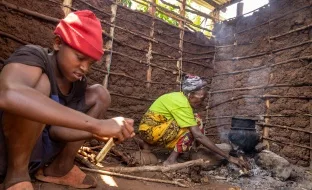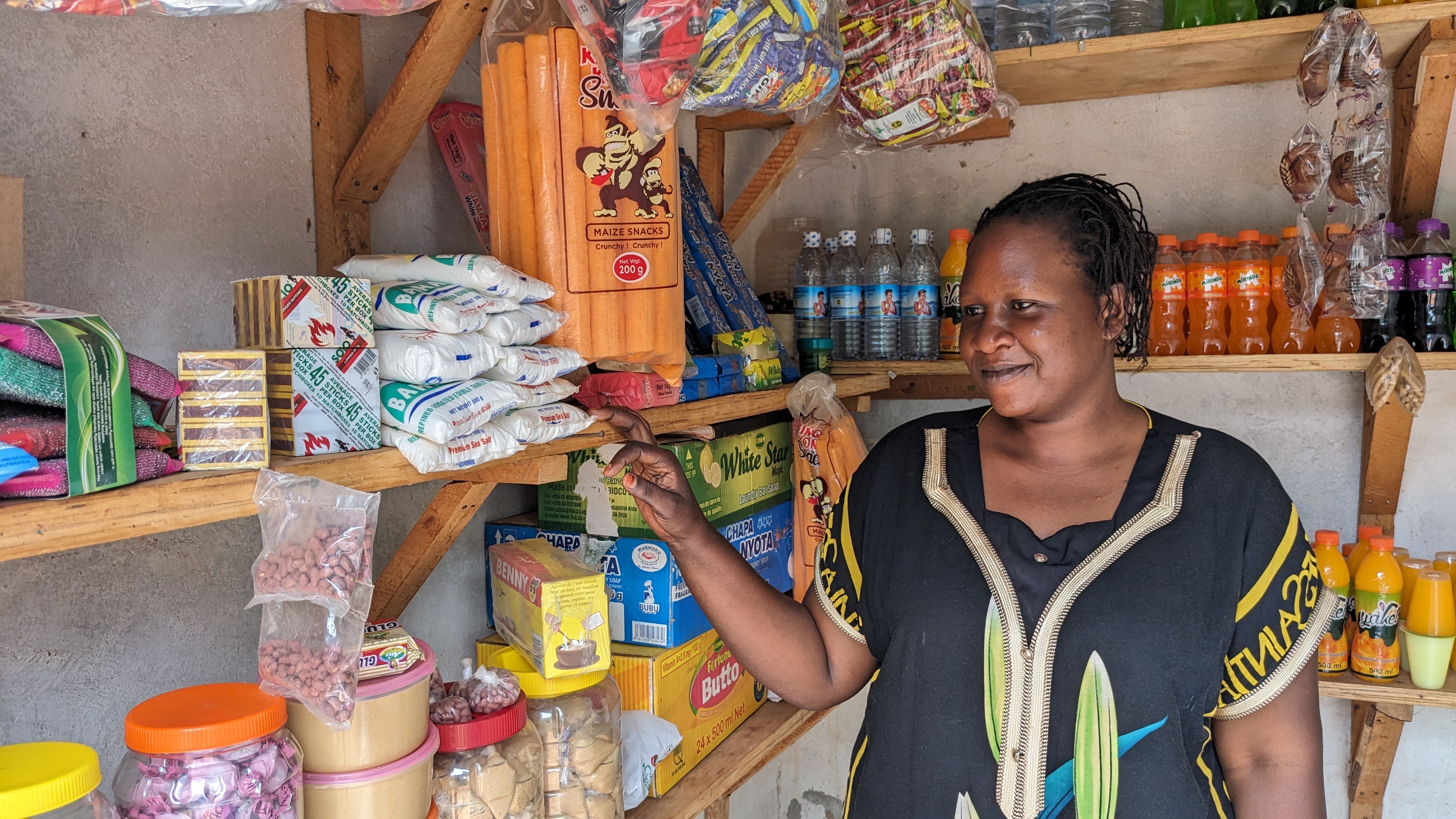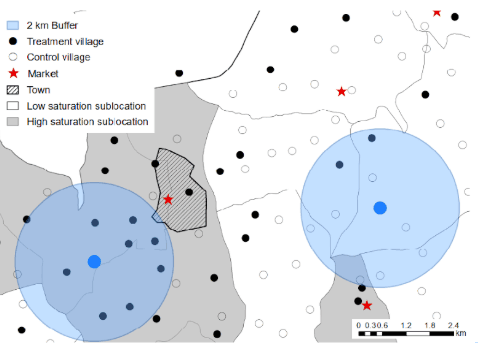How does spending funds on training young people compare to handing them the cash instead? Today we released the initial study results.
Blog - Research
Candid thoughts from staff, donors, and recipients on our work and the broader movement towards cash transfers.
Research
How does a basic income affect recipients during COVID-19?
Initial results from our basic income experiment were released today. In the working paper’s abstract, researchers Abhijit Banerjee, Michael Faye, the late Alan Krueger, Paul Niehaus, and Tavneet Suri wrote: “We examine some effects of Universal Basic Income (UBI) during the COVID-19 pandemic using a large-scale experiment in rural Kenya. Transfers significantly improved well-being on […]
Research
New research results: How do cash transfers impact the people who don’t receive them?
In 2014, GiveDirectly partnered with academic researchers to launch our largest study ever in Kenya. The ultimate goal: find out how cash transfers affect local economies, including nearby non-recipients, enterprises and markets. Now, in 2019, the results of this research have been released.
Research
What’s the best way to help the people who supply the things we buy every day?
Our latest research in 4 sentences: Over the course of 3 payments in 4 months, GiveDirectly delivered $1,000 to 3,415 households in coffee growing communities. One year later, we surveyed them to measure their economic well-being and coffee production. Recipients of the cash consumed more, earned more, had more assets, and greater food security. Also, coffee […]
Research
4 years in the making: first cash benchmarking results released
Today we can finally share with you something we’ve been hard at work on for over 4 years: the results from our first experimental benchmarking study, a unique collaboration with USAID, Google.org, and academic and implementing partners set in Rwanda. The animating idea behind this project is incredibly simple: if we’re serious about helping other […]
Research
Our take on HS18, revisited
Johannes Haushofer and Jeremy Shapiro recently released a paper (HS18) estimating the three-year impacts of individually randomized cash transfers on GiveDirectly recipients. We wrote a short note on these results in February; recently there has been active discussion among researchers (e.g., e.g.), and we’ve since followed up with many of them. Our failure in original […]
Research
Longer-term impacts of GiveDirectly transfers – first evidence
Update (04/23/18): We’ve updated our take on the HS18 results, check out our latest here. Back in 2011 we announced our first randomized controlled trial (RCT) in Rarieda, Kenya. A lot has changed over that time – we’ve moved to new areas, changed our transfer design ($1,000 lump-sum transfers are now GiveDirectly’s standard, whereas most Rarieda […]
Research
Deepening our understanding of impact: who and how long?
Evidence about what works, for whom, and for how long is often lacking in international development. The impact of many interventions is simply unknown, while others continue to receive funding despite having been evaluated and found wanting. GiveDirectly was created because there is overwhelming evidence that cash transfers, in contrast, have a wide range of […]
Operations, Research
Cash to coffee farmers in eastern Uganda
Historically, when an aid organization or government wants to help coffee farmers improve their lives, they give in-kind agricultural interventions, such as seedlings and training. But what if instead of giving goods and services, we just gave farmers cash? Catherine has received transfers as part of BSZ’s experiment in Uganda. You can follow her story, […]
Operations, Research
Unconditional cash transfers and intrahousehold conflict: A pilot study in Kenya
Intimate partner violence is a significant challenge in Kenya, as in other developing countries. Nearly 40% of ever-married Kenyan women report physical abuse by a spouse (KNBS and ICF Macro 2010), and in a separate survey, almost 90% report some form of emotionally abusive treatment (Haushofer and Shapiro 2016). Women who are subject to physical […]


